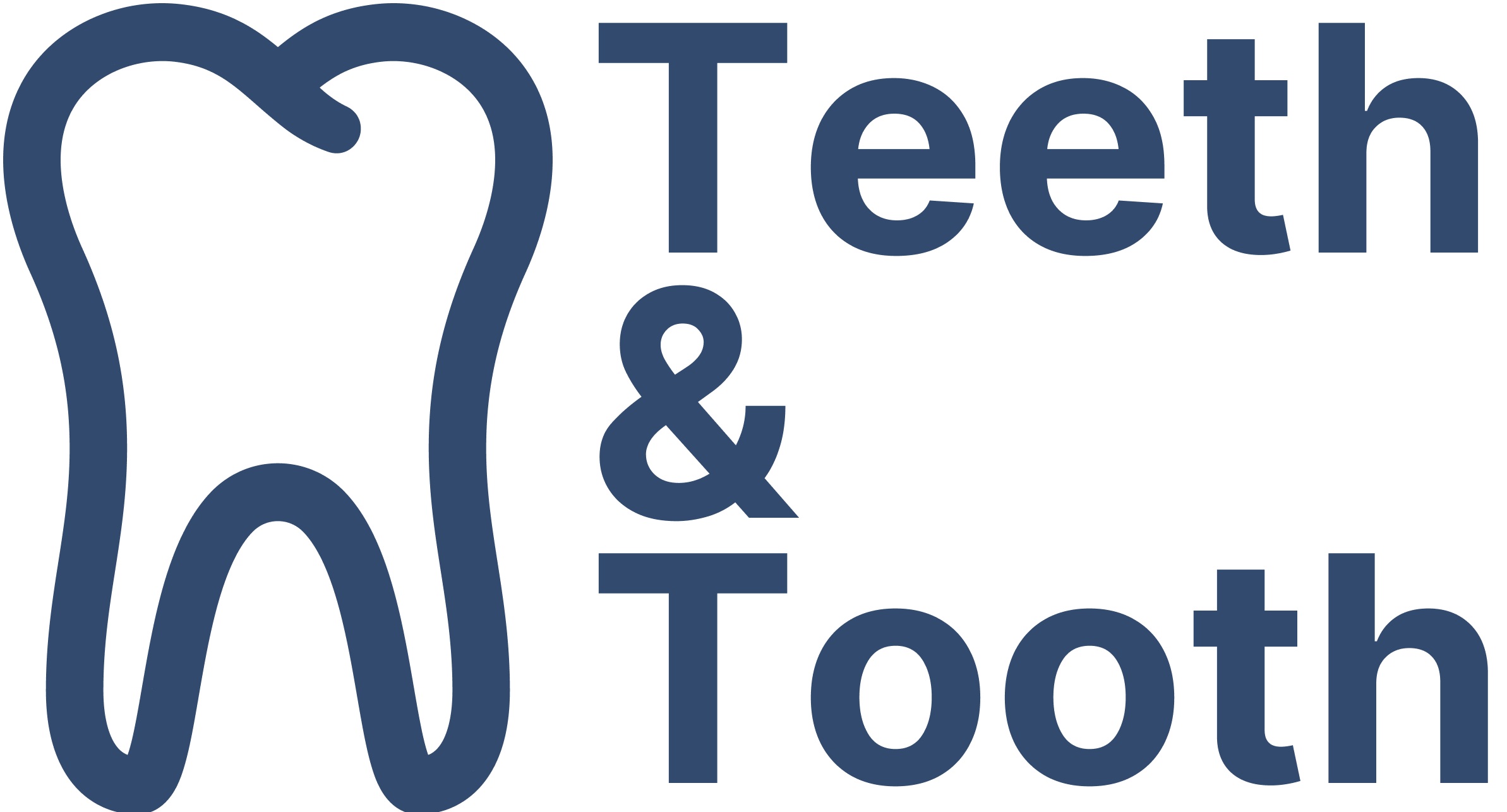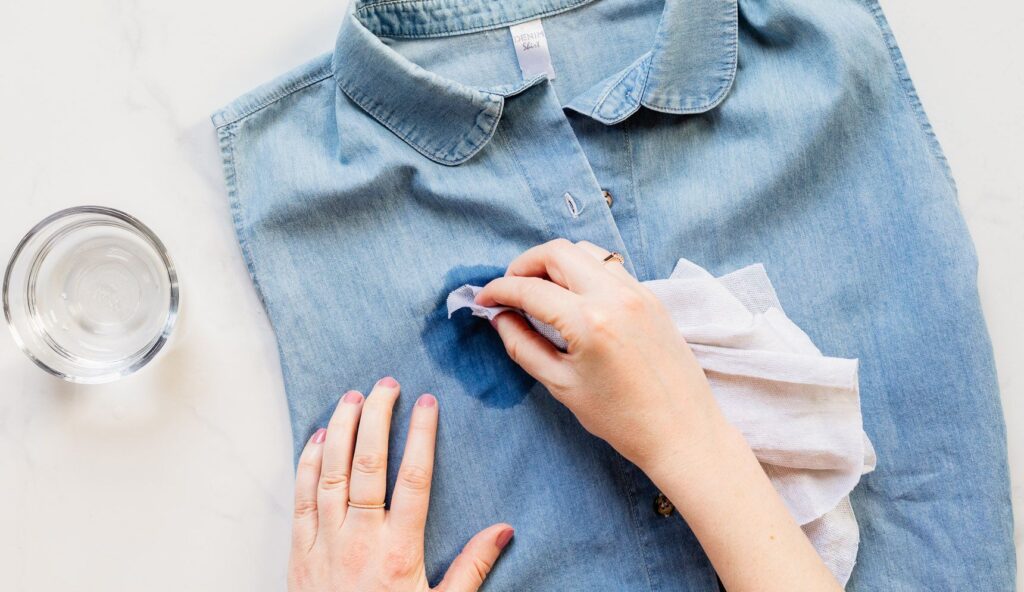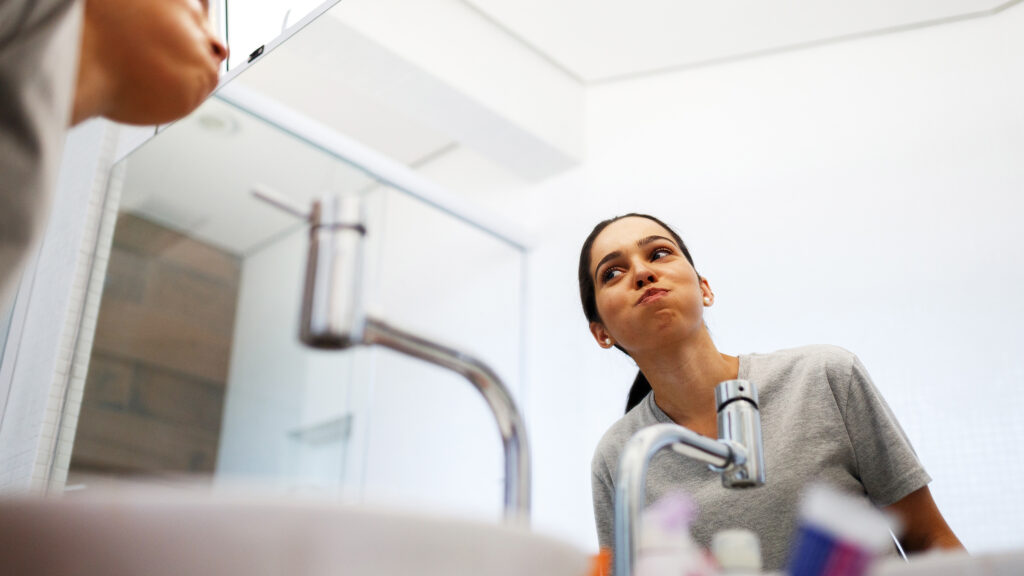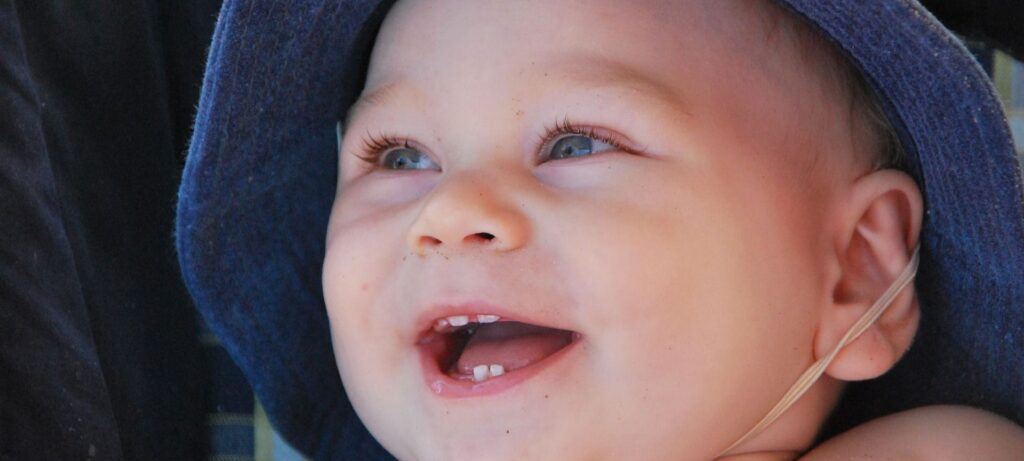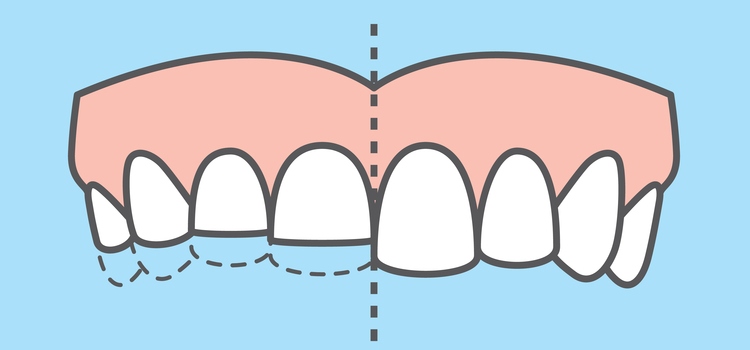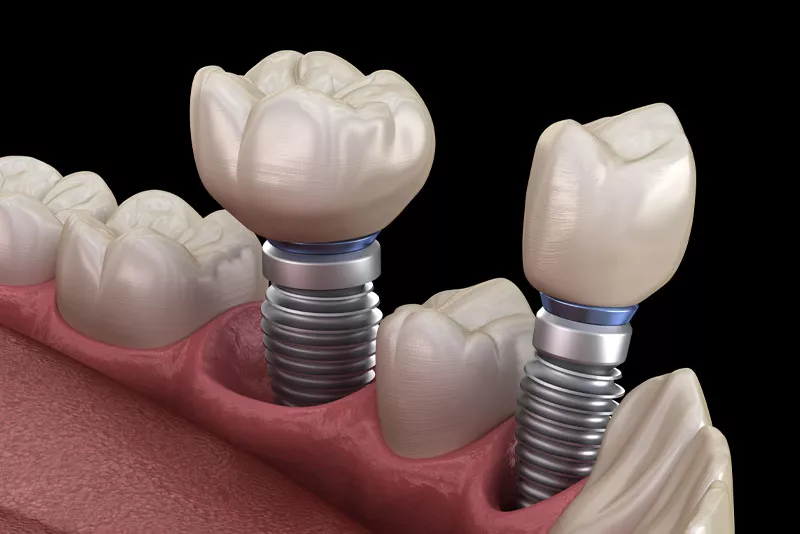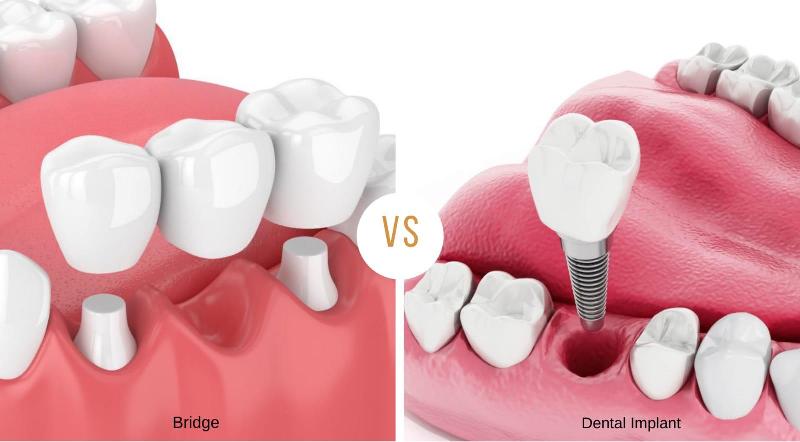We have all been there before: you are rushing through your morning and by Murphy’s Law, you accidentally spill a bit of mouthwash on your favourite shirt.
As you stare at the splatter, this question pops in your head: do mouthwash leave a permanent stain on my clothes? This may seem like a silly question, but it has never stopped thousands of internet users from asking this question.
The truth is that most mouthwash can cause permanent stain to your clothes if not rinsed off immediately. The severity of the stain depends on the ingredients of the mouthwash as well as the type of garment.
In the rest of ths article, we will take a look into the ingredients of a mouthwash and understand the science behind how the stain is formed. We’ll also provide you with tips on what to do if you find yourself in this sticky (or should we say, minty) situation. So read on to find out more!
Ingredients in a Mouthwash
If you have ever read the label of your mouthwash bottle, you would likely be lost in the sea of ingredients that sound more like a science experiment than something you would want to swish in your mouth.
However, all of these ingredients are safe for use and often have a specific purpose. Let’s breakdown some of the common ingredients that can be found in most big brand mouthwash products:
- Fluoride: A superstar for tooth enamel, fluoride helps to rebuild weakened tooth surfaces and fights off cavity-causing bacteria.
- Alcohol: This is used as an antiseptic as alcohol helps to kill bacteria, but it’s also the reason why some mouthwashes can give that burning sensation. Most brand now contain alcohol-free versions of its mouthwash for those who dislike the sensation of it.
- Essential Oils: Ingredients like eucalyptus and peppermint oils not only provide flavor but also have antibacterial qualities.
- Preservatives and Stabilizers: These prevent the ingredients in a mouthwash from breaking down over time, extending its shelf life.
- Hydrogen Peroxide: Found in whitening mouthwashes, this chemical acts as a bleaching agent.
- Xylitol or Sorbitol: These are sugar alcohols that sweeten the mouthwash without causing tooth decay.
- Coloring Agents: These give your mouthwash that eye-catching hue but are often the culprits if your clothes are stained.
- Chlorhexidine: Better known as chlorhexidine gluconate, this is common in prescription mouthwashes as it is a potent antibacterial agent.
- Water: The unsung hero of any formula, water serves as the base in which all these ingredients can mix.
Depending on the type of mouthwash—cosmetic mouthwash, fluoride mouthwash, antiseptic mouthwash and natural mouthwash—the ingredients can vary. For instance, prescription mouthwash would contain chlorhexidine (also known as chlorhexidine gluconate), an ingredient not found in cosmetic or fluoride mouthwash.
Understanding the ingredients in your mouthwash can help you choose the right one for your needs and also save your shirt from potential stains!
You may be interested in: All You Need to Know About Hydroxyapatite Mouthwash
How Mouthwash Stain Clothes
So you’ve had a mini-disaster: the bottle slipped, and now you’ve got a splash of mouthwash on your favourite outfit. But what actually turns that magical liquid into a mini fashion disaster?
As mentioned previously, the coloring agents are often the main cause of the stains. These coloring, which are usually synthetic dyes, are designed to be chemically stable so that they don’t break down in the bottle. However, it is this stability that makes mouthwash stains a stubborn mess on your shirt.
The second culprit is alcohol, which is an excellent solvent. When alcohol comes into contact with the fibers of your clothes, it can make it easier for other staining agents like dyes to penetrate more deeply, leading to a more stubborn stain.
Last but not least, there are other active ingredients like chlorhexidine that can react with the fibers in the clothing material, making the stain more resistant to removal.
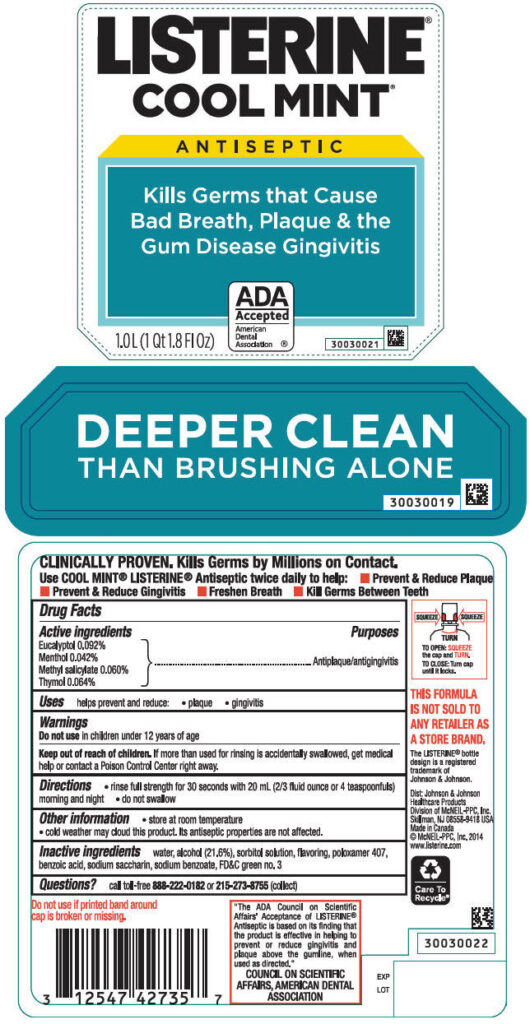
In fact, mouthwash stains is frequently reported by users of Listerine mouthwash, albeit the unusually large number might be due to its popularity against other mouthwash products in the market.
In all situations, mouthwash stains can be removed if promptly treated. However, if left untreated, the stain can be a tough cleaning task even for a professional.
5 Ways to Remove Mouthwash Stains
For most clothing with a dark color, the stain would fade into a light color and become invisible to the naked eye. However, for light-colored clothing, the stain is easily noticeable and needs to be treated immediately.
So what are the different ways one can treat a mouthwash stains? Over the years, numerous internet users have come up with several life hacks to remove mouthwash stains on clothes. Here are some popular solutions that many have swear by:
- Rinse the stained area with running water and rub soap or dishwashing liquid onto the stain. Repeat the process until the stain disappears.
- Apply liquid detergent or hydrogen peroxide solution directly on the stained area and leave it for 10 minutes. Then, rinse off the affected area with water.
- Apply toothpaste on the stained area and leave it for 30 minutes. Then, scrub the stain with a toothbrush and wash it off with water.
- Soak the stained clothing in water and add in a dash of OxiClean Versatile Stain Remover powder. Leave the clothing in the solution for two to six hours, depending on the severity of the stain. After that, rinse away the solution and wash the clothing as usual.
- Apply the stained area with a solution of white vinegar and water (1 cup of vinegar with 2 cups of water) and leave it for 10 minutes. Then, wash the stained area with running water.
In all situations, you should first blot the affected area of the garment immediately with a dry absorbent towel. This absorbs any excess mouthwash and prevents any further staining on the garment.
With these quick and easy steps, you can deal with those mouthwash stains can get your clothing sparkling clean in no time. But remember, avoid using hot or warm water as the high temperature may cause the residual mouthwash to settle further into the fabric and cause a permanent stain.
Concluding Thoughts
So, there we have it! While mouthwash is a hero for your oral hygiene, it can be a villain for your clothes. Accidents do happen, but don’t worry, as you now have the know-how to tackle those pesky stains. From white vinegar soaks to commercial stain removers, the solutions are just around your household or at your local store.
The key is to act fast, use the right products, and when all else fails, professional help in your local laundry shop is always available!
If you really want to keep your favourite outfit clear of any mouthwash stain, we highly recommend you not to wear it when you are cleaning up your teeth!
